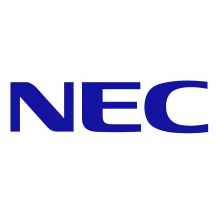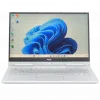
NEC Corporation (日本電気株式会社 Nippon Denki Kabushiki Gaisha, TYO: 6701, NASDAQ: NIPNY) is a Japanese multinational IT company headquartered in Minato-ku, Tokyo, Japan. NEC, part of the Sumitomo Group, provides information technology (IT) and network solutions to business enterprises, communications services providers and government.
The company was formerly known as Nippon Electric Company, Limited, before it was renamed in 1983. It still goes by the full name in Japan. As a chip maker, NEC Semiconductors is among the Worldwide Top 20 Semiconductor Sales Leaders.



